Scaling Up (Verne Harnish) and the Entrepreneur Operating System (EOS — Gino Wickman) are two highly-utilized and well-received methodologies for building a foundation of sustainable growth in a business. All-too-often, however, organizations will see them as competing with one another.
In reality, a better perspective is that the Entrepreneur Operating System (EOS) serves as a foundation for and can lead to a gradual transition into the Scaling Up strategic and operational framework. It’s not only a feasible transition but also one that can be inherently smooth if you really look at the two frameworks for what they are and what they aren’t.
EOS and Scaling Up: A Brief Overview
The Entrepreneurial Operating System (EOS) is a set of concepts and tools that help entrepreneurs and businesses grow through better management of tactical issues and daily operations. Gino Wickman founded EOS’s Traction system, and its six components of a business that need to be in place and well-managed for a
company to be successful. It is most meaningful when applied to smaller, more entrepreneurial businesses.
The Scaling Up system, created by Verne Harnish of Gazelles, is more comprehensive than EOS addressing a wider range of strategic, tactical and operational business issues. Although Scaling Up is well-suited to any organization, it is very effective in scaling businesses to mid-market and beyond.

When Does EOS Work?
The EOS system is useful in building a strong foundation for, as the name implies, entrepreneurial companies or those generating 1-15M in revenue annually. It’s simple and versatile enough to work for any company irrespective of industry. This framework is good for putting in place those basic elements of a business that can help increase revenue. There is an emphasis on building out a plan and then aligning the team with measurable and specific goals. In that regard, it is similar to Michael Gerber’s E-Myth.
You’re starting broadly with the implementation of EOS principles. You’re building a vision and then, you’re getting more specific as you move along. Finally, you start to create those essential processes that you’re going to use to operate your business in a reliable, consistent way, and reinforcing accountability at every level. With the implementation of EOS principles, you’re also taking into consideration the importance of having great people to fulfill your vision.
The concepts of EOS are going to allow you not just to create a plan but also track your plan. You’re ensuring that you stay on track with your vision and goals.
Ultimately, you could implement the components of EOS into your processes in a single quarter.
When Is It Time to Transition to Scaling Up?
Now, while EOS offers foundational principles that are brilliant in their simplicity, there is likely going to be a time when you may need to transition to Scaling Up. Scaling Up often becomes the next logical step for those aspiring middle-market organizations that need something more robust to build on in periods of rapid growth. Too often, organizations will look at EOS and Scaling Up as an either-or, and they can be, but they can also work with one another, particularly when used in succession rather than borrowing from elements of each simultaneously.
As cash becomes more critical with growth, and you’ll see that the best and most successful companies have more cash reserves on-hand than their competitors. It’s the cash flow and reserves that allow businesses to weather storms and maintain their growth trajectory. Cash flow is important because it can help your business be more liquid. Liquidity can allow you to secure financing, often imperative in the growth phase.
Strong cash flow gives you more opportunities, and you can then assess your cash flow as one of the ways you make other decisions about your business.
Profitability also has to be something you keep an eye on along with cash flow. If you have strong profits you have strong control over your resources, and it tells you that you are executing well on your current strategy.
The Final Takeaway
The initial components of both EOS and Scaling Up systems are very much similar. Both offer the opportunity to build a strong foundation in business, focusing on strategy and execution. There will likely be a time when you outgrow EOS, and rather than seeing Scaling Up as a change, it’s valuable for businesses in a period of rapid growth to see it as a seamless transition. While Scaling Up can work for any organization at any point in time, it’s especially beneficial for those organizations that want transformation as an underlier of growth.
Scaling Up is one of the most comprehensive business operating systems, yet one of its advantages is the fact that it remains simple enough to implement at every level.
If you would like to know more about Stratecution and how to begin Scaling Up from EOS, please call us today at 810-625-0169 or contact us for a free consultation.
To read the full version of this article in it’s entirety, please visit the link below.
- Written by: Dan Hurley
- Posted on: March 14, 2020
- Tags: Business Tools, EOS, Scaling Up

